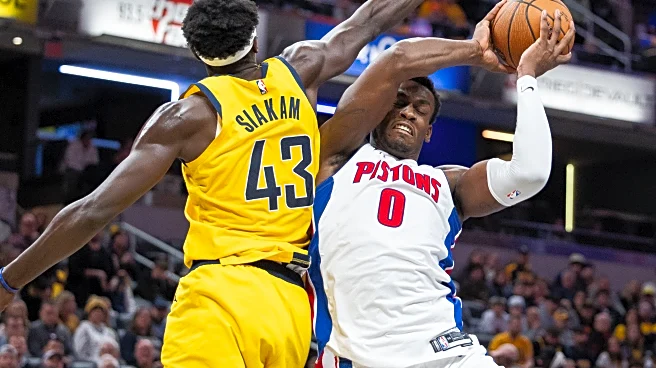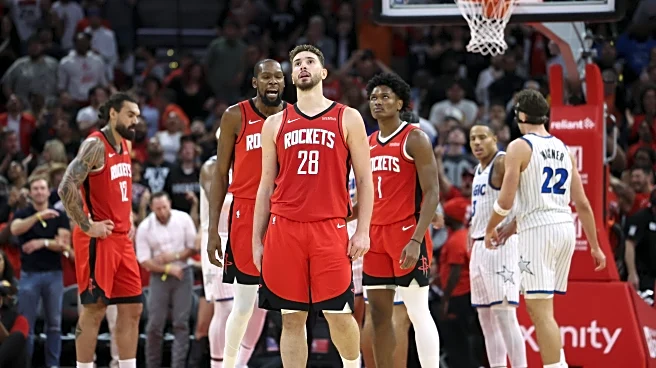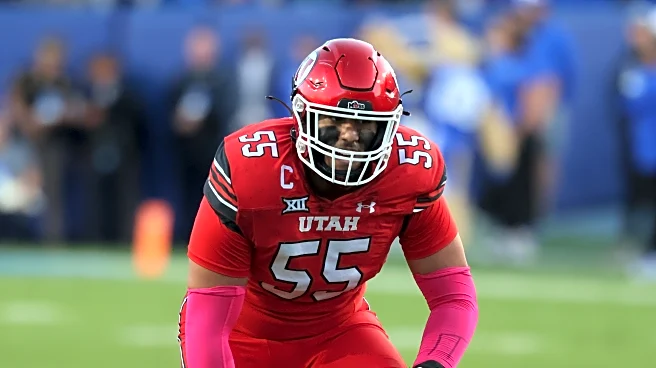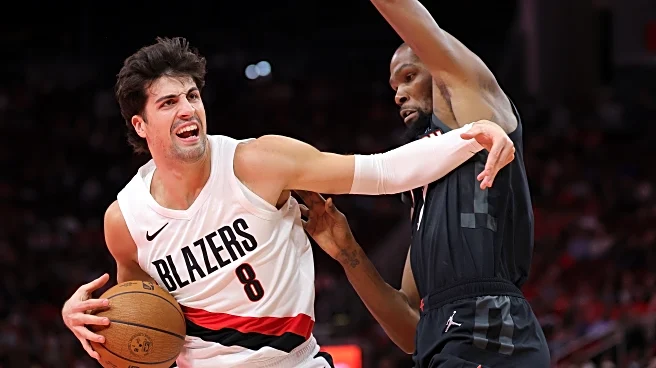The NBA is still operating with small sample size theatre a month into the season, but that doesn’t mean we can’t discern between the trends that are sustainable and the ones that are not. Taking a closer
look at the underlying metrics can help us predict how the season will play out, which is what we’re doing today.
Let’s start with the positives.
Things that are here to stay
Wemby – consensus 5th best player in the league
Wemby averaged 30.2/14.6/3.4 with 4.8 blocks on 56.3/31.3/79.2 splits in the first five games of the season, and the basketball world was ready to anoint him as the GOAT. Then, he put up 17/10.7/3 with 2.5 blocks in the next four games, and Bol Bol was suddenly better than him again. Wemby’s true current level is likely somewhere in between, which is reflected in his overall averages of 26.2/12.9/4 and 4.8 blocks on 50.2/34.5/85.7 shooting. He’s inarguably the best defensive player in the world, as the Spurs go from sporting a 106.5 DRTG with him playing to 128.5 when he sits — the difference between having the league’s second-best defense to having the worst. Offensively, it’s clear that Wemby’s court mapping and timing still have lots of room for improvement, but the fact that he’s already putting up historic numbers while just scratching the surface of his potential is further proof that he has the highest ceiling in NBA history. The Frenchman isn’t on the level of Jokic/Giannis/Luka/SGA right now, but could end up there at year-end given that he’s made in-season leaps in both his rookie and sophomore campaigns. So while Wemby can’t stop bullets like Neo just yet, there’s no doubt that he’s beginning to believe.
Detroit’s early-season success
Currently on a 9-game winning streak, the Pistons have stormed out to an 11-2 record and sit first in the East. Reminiscent of the Bad Boys with their bruising physicality, Detroit has been beating teams up in the interior by grabbing 34.1% of offensive rebounds (3rd) while holding opponents to just 59.2% shooting around the rim (2nd). Those are the only two stats that are outliers compared to last season, but even if they see a drop-off there, it will likely be minimal. Jalen Duren has taken a leap on both ends, and a healthy Ausar Thompson has been the key to unlocking the Pistons’ full potential. The third-year guard/wing/big can do literally everything on the court but shoot, as he’s already one of the league’s most versatile defenders who guards perimeter stars while also offering some rim protection.
Offensively, Ausar is a secondary ballhandler who somehow averages two offensive rebounds a game as well, and the Pistons are 4.7 points per 100 possessions better when Ausar’s in the game. With Cade looking like an MVP contender and Jaden Ivey still waiting in the wings, Detroit could win 50 games and increase their win total by double digits again.
Houston’s offense
Anyone who “predicted” Houston having the best offense in the league is lying like LeBron. They were 12th in ORTG last year (116.3), and even the addition of Kevin Durant shouldn’t have catapulted them this much. There are a few underlying red flags currently, like their 42.5% shooting from three, largely on the backs of Sengun (46%) and Sheppard (48%) stealing Klay Thompson’s powers like the Monstars. However, only 30.9% of the Rockets’ shots are from deep, which is the league’s lowest number by 1.2%. In other words, even when their conversion rate inevitably drops, Houston’s offense won’t suffer dramatically because that’s their least reliant shot.
Instead, their strategy is winning the possession game, as the Rockets’ gigantic lineup is helping them generate an absurd 40.4% offensive rebounding rate. To put that in perspective, the difference between Houston and #2-ranked Utah (35% ORB%) is the same as Utah and #16-ranked New Orleans (29.6%), and the graph below shows how much of an outlier their rebounding really is.
The Rockets’ 10th-ranked half-court offense (99.6 ORTG) is right in line with what’s expected, and their overall offense is being propped up by generating an insane amount of second-chance points. Moreover, Durant and Amen Thompson are also shooting below their career norms, so some aspects of Houston’s offense will actually improve. I don’t expect them to continue scoring at an all-time level, but assuming the Rockets don’t change their ORB-reliant style, there’s no reason why Houston’s offense won’t stay elite.
Things that won’t last
The Nuggets’ defense
Denver currently has the third-best defense (110.7 DRTG) in the league when they’ve historically been average on that end in the Jokic era. They’ve only been top 10 once on defense over the past 15 years (2023-24, 9th), and the Nuggets were ranked 17th during their 2023 championship campaign. The only thing that’s changed so far this season is their opponents’ shooting percentage from three, as players are only making 32.5% of their triples against Denver — the 2nd lowest amongst all teams in the league. For reference, the league average is currently 36%, and given that teams generally don’t have much control in how opponents shoot from outside, there’s no reason to believe that players will continue shooting so poorly against the Nuggets. Denver also didn’t make any big defensive upgrades in the offseason, so expect Denver to be an average defensive team moving forward, with the potential to flirt with a top-10 DRTG by year end if everything breaks right.
The rhetoric surrounding Cooper Flagg and the rookie class
My least favorite NBA topic is the one surrounding rookies, especially at the start of each season. After a handful of games, many people are ready to declare one player a hall of fame lock, while another a bust. For example, some compared VJ Edgecombe to DWade after he averaged 21.2 points on 49.4% shooting in his first five games and claimed that he would be a fixture at All-Star games soon.
Well, he’s put up 11.6 points on 33% shooting since then, so I guess he’s a bust.
This is not an attack against Edgecombe — who I believe will be a very good player — but rather an illustration of how ridiculous the rhetoric surrounding rookies with small sample sizes can be. Oftentimes, the rookies who get it worst are the ones with the most hype, and that’s been the case this year too. Many fans seem to view Flagg as a disappointment thus far, without considering that he’s played out of position on the most dysfunctional team in the entire league. Somehow, that sentiment has spread to executives and scouts too…
If anything, it’s impressive that Flagg’s putting up numbers and making an impact given the toxic environment he’s in. Flagg’s lack of a singular explosive performance thus far doesn’t change the fact that he’s one of the four best prospects of the last 15 years, and the other three players (AD, Zion, and Wemby) were all All-Stars in their sophomore seasons. I’d be shocked if Flagg doesn’t run away with Rookie of the Year and establish himself as an All-Star-level player by next season.
This week, please check out Stephen Michael’s article on how Wemby fuelled the Spurs’ victory against the Bulls! Stephen did a great job of highlighting specific plays and adjustments Wemby used to flip the switch and dominate down the stretch.
We’ll be bringing this back as a weekly column like before, so stay tuned for them moving forward. Thanks for reading as always!
All stats courtesy of Cleaning the Glass and NBA Stats.












